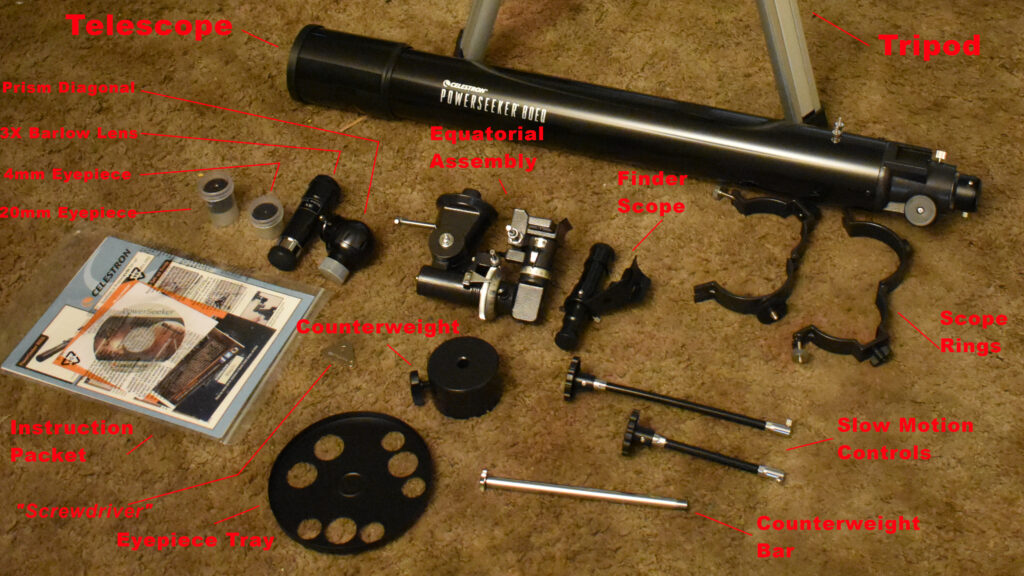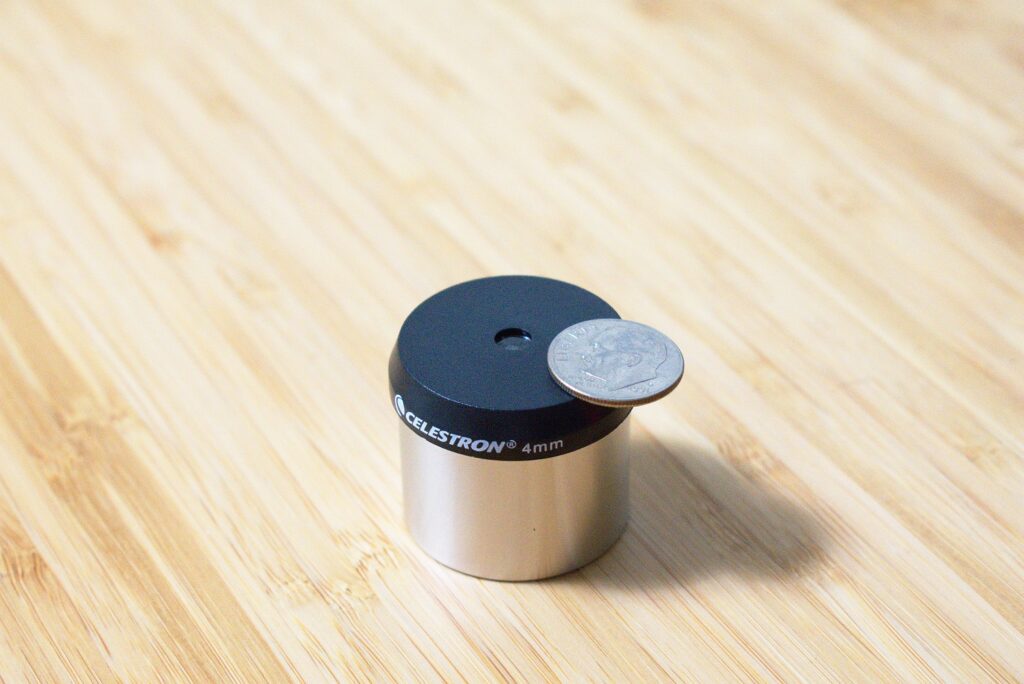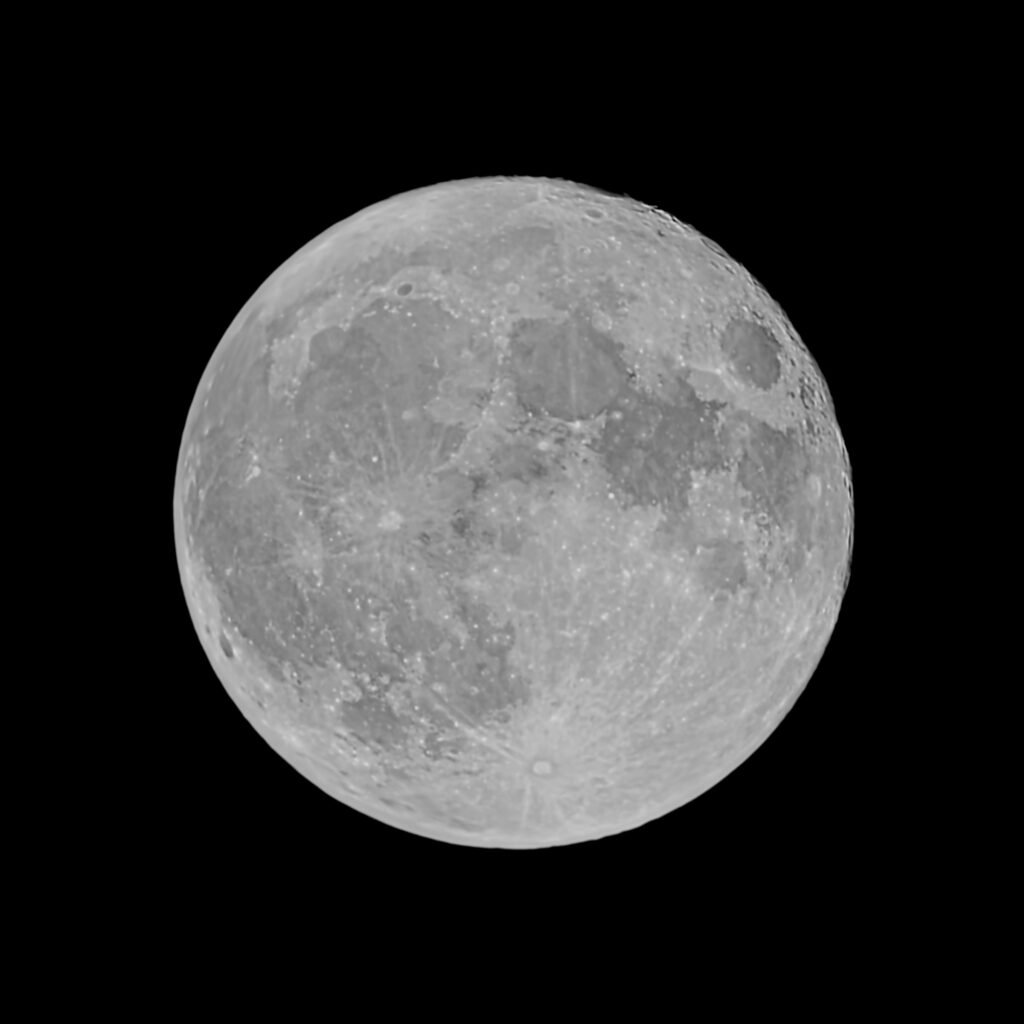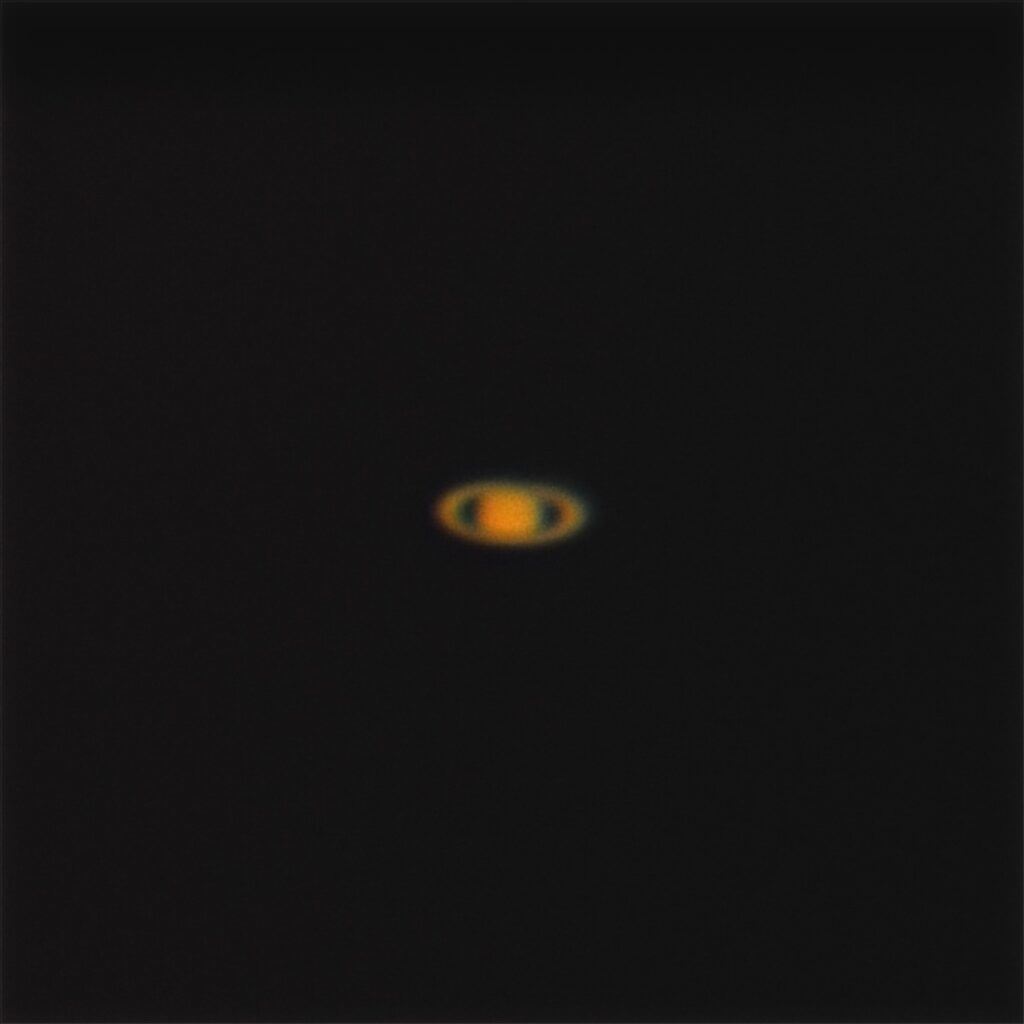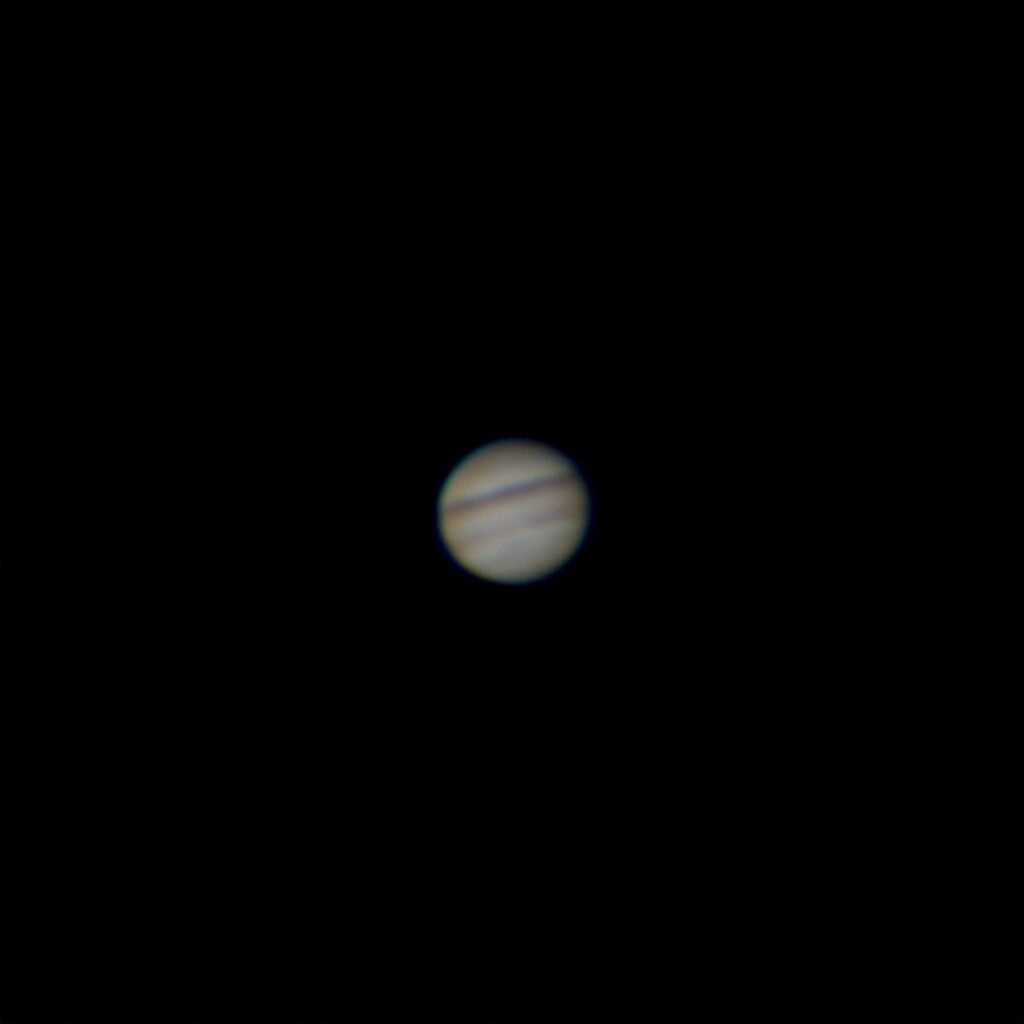About a year ago, I purchased the Celestron Powerseeker 80eq to see if I could get better planetary images. I figured its 900mm focal length would get me a step closer to those wonderful images I kept seeing from the big boys and their Schmidt-Cassegrain monsters. I only owned it for a month or two before I traded it for the Astromaster 90AZ which I’ve been using ever since.
It showed up on my door well packed and in great condition. Within half an hour I had it unboxed and ready to go! The first thing I noticed is how lightweight everything was. Even with the counterweight attached I could easily maneuver it up and down my stairs. To get the whole thing into my car simply involved removing the optical tube, retracting the legs of the mount, and laying everything flat across my back seat. You could even prop everything vertically and use the seat belt to secure it in order to keep one of your backseats open.
The included accessories are garbage for the most part. The only useful eyepiece is the 20mm, which leaves you with a wonderful 45x magnification telescope. At that power the moon looks pretty awesome, but planets are a bit on the tiny side. The 3x Barlow lens is more of a plastic toy that I never got to work. The 4mm eyepiece might be useful if you don’t wear glasses or maybe if you’re using one of those cellphone camera holder gizmos. But getting my eyeball anywhere near it was uncomfortable. The finder-scope does work. I found it far superior to the red dot battery drainers of the Astromaster series. You’ll have to be careful with it, as the slightest nudge will make you realign it every time. The accessory tray is made of thin sheet metal and it strategically disappeared after making an assembly video.
To allow prime focus photography, the focuser is threaded to accept t-ring adapters. My Nikon D3400 (crop sensor DSLR) worked perfectly for taking moon pictures! Right in front of the focuser is a dovetail shoe for mounting a real finder-scope! It’s missing the thumb screw, but a quick hardware store run should take care of that. The mount does not utilize a quick disconnect dovetail system for the optical tube. The scope rings connect to the mount via wingnuts. One of the scope rings has a 1/4″-20 thread mount on top for piggybacking a camera. I never used this, but I suspect the front of the telescope might get in the way if you’re using a wider angle lens.
The equatorial mount assembly is pretty solid and easy to use. Tracking is fairly smooth after you get everything balanced and put some oil on the gear surfaces. The aluminum tripod is super lightweight. This works both for it as it’s easy to move, and against it because it’s very shaky.
Using the telescope was nothing short of pure joy for me, since I already had a 2x Barlow lens and the 8-24mm zoom eyepiece. The two of those made for some excellent 225x views! The cloud bands of Jupiter and the rings of Saturn were stunning to say the least! I’m pretty sure I would have seen the icecaps on Mars if it had been in season. The 80mm aperture might not be great for deep sky objects, but you also don’t need a moon filter to view a full moon! Orion’s nebula, Andromeda, the Pleiades, and most other star clusters were easy to find.
If you just want to get an inexpensive telescope to see the planets and get spectacular moon views, the Powerseeker 80eq is a great bargain! Learning how to use the equatorial mount might seem tedious at first, but I promise you, it’s worth it! The Alt-Az mounts at this price range usually don’t have fine adjustment controls. That’s a deal breaker for any telescope that is being used for planets!
There are a few things you should know before getting a Powerseeker 80eq. With the equatorial mount you’ll have to spend an extra 15 seconds to roughly polar align. Also pointing the scope at a target can be unnatural your first dozen or so times. At least it can be if you’re not familiar with equatorial mounts. But after getting aligned and getting pointed at a target you’ll only have to turn one control to keep the target in view. My Astromaster 130 came with a little motor to turn that control which means it’ll stay on target quite awhile before needing an adjustment. Using powerful magnifications will certainly bring the planets closer to you, but it also amplifies every tiny tremor that is around you. At 225x, simply stepping on the ground surrounding the telescope could cause shakes in the telescopes’ view.

